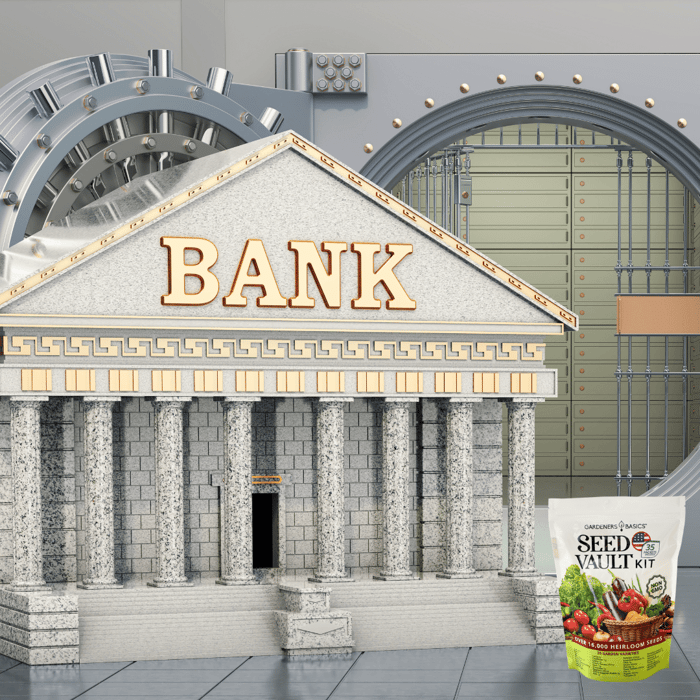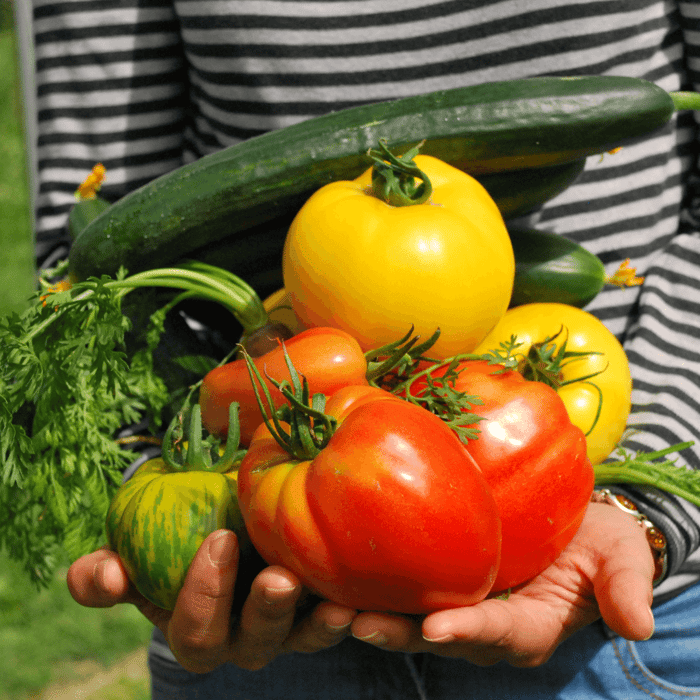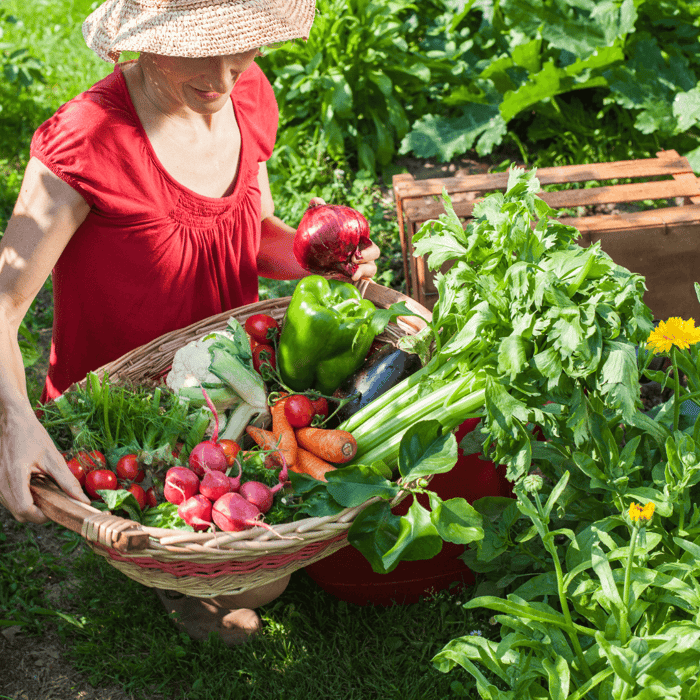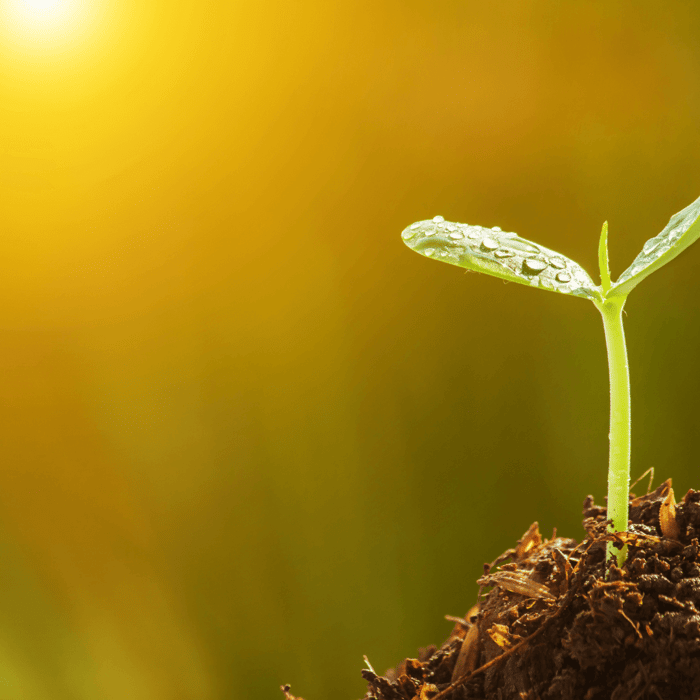As a passionate gardener and advocate for self-sufficiency, I've been keenly interested in the concept of doomsday seed vaults. These are essentially repositories of seeds designed to preserve the genetic diversity of plants in the face of various threats, from natural disasters to political unrest. In this article, we will dive deep into what is a doomsday seed vault and explore its importance for individuals, communities, and the world as a whole.
1. Introduction: The Importance of Genetic Diversity
The world's food crops are essential to our lives, providing sustenance, nutrition, and a sense of security. However, the increasing occurrence of natural disasters, political turmoil, and climate change threatens our agricultural systems, putting the genetic diversity of these crops at risk. Preserving this diversity is critical to ensuring the continued availability of various plants for human consumption and agricultural resilience.
2. A Brief History of Seed Vaults and Gene Banks
Seed vaults and gene banks have been created throughout history in various forms. From the ancient Egyptians who stored seeds in their tombs to modern institutions such as the International Center for Agricultural Research in the Dry Areas (ICARDA) and the Center for Agricultural Research, these repositories have played a vital role in preserving the genetic diversity of our food crops.
Vegetable Seed Vault Kit | 35 Variety Pack

$29.95
$49.95
Ultimate Survival Seed Vault: 16,000+ Non-GMO Heirloom Vegetable Seeds for Emergency Preparedness Introducing the Seed Vault Kit, your all-in-one solution for emergency preparedness and sustainable gardening. This premium seed kit contains over 16,000 non-GMO, Heirloom, Non-Hybrid, and Open Pollinated seeds,… read more
The Syrian civil war, in particular, underscored the importance of seed vaults, as the ICARDA seed bank in Aleppo was destroyed during the conflict. The institution managed to salvage its seed collection by moving it to dry areas in Morocco and Lebanon. This event highlighted the need for additional, secure locations to store seeds.
3. Svalbard Global Seed Vault: The Ultimate Doomsday Vault
Located on the Svalbard archipelago in the Arctic Circle, the Svalbard Global Seed Vault is considered the ultimate doomsday vault. Funded by the Norwegian government and managed by the Global Crop Diversity Trust and the Nordic Genetic Resource Center, this facility was designed to safeguard the world's plant genetic diversity against natural disasters, political conflicts, and other emergencies.
The vault, which opened in 2008, currently houses over one million seed samples from gene banks around the world, including those from Albania, Croatia, North Macedonia, and Benin. Its remote location and the permafrost's natural cooling capabilities make it ideal for long-term seed storage.
4. The Role of the Executive Director of the Crop Trust
The Executive Director of the Crop Trust plays a vital role in the global effort to preserve plant genetic diversity. They are responsible for overseeing the implementation of the organization's strategic objectives, including managing the Svalbard Global Seed Vault and supporting gene banks worldwide.
5. Preparing Your Own Doomsday Seed Vault
Creating a personal doomsday seed vault can be essential to your emergency preparedness plan. Here is a step-by-step guide to building your own seed bank:
- Research and select seeds: Focus on food crops that are easy to grow, nutritious, and adaptable to your local climate.
- Obtain high-quality seeds: Our online seed store offers excellent germination rates.
- Properly store seeds: Use airtight containers like "black boxes" to protect roots from moisture, pests, and temperature fluctuations.
- Label and organize seeds: Label each container with the seed type, variety, and storage date for easy reference.
- Store heirloom seeds in a cool, dry place: Choose a location that remains consistently cool and dry, such as a basement or insulated storage room.
- Rotate your seed stock: Use seeds from your vault regularly and replace them with fresh seeds to maintain their viability over time.
6. The Importance of Seed Vaults in Your Emergency Supplies
Having a personal doomsday seed vault in your emergency supplies is crucial to self-sufficiency and preparedness. In a disaster or societal collapse, a well-stocked seed bank can provide the means to grow your food, ensuring your survival and resilience. Survival gardens have been used over the centuries to help ensure families are fed. Moreover, by preserving the genetic diversity of plants, you are also contributing to conserving our agricultural heritage and the global effort to safeguard our food security.
7. Expanding Your Seed Vault: Collaborating with Neighbors and Communities
A personal seed vault is an excellent start, but collaborating with neighbors and community members can further enhance its effectiveness. By pooling resources and sharing seeds, you can increase the overall genetic diversity within your community, making it more resilient in emergencies. Consider organizing seed swaps or establishing a community seed library to promote the exchange of seeds and knowledge about local plant varieties.
8. The Future of Seed Vaults and Their Role in Global Food Security
As the world faces increasing challenges, from climate change to political unrest, the importance of seed vaults cannot be overstated. These repositories of plant genetic diversity protect our agricultural heritage and ensure the continued availability of a diverse range of food crops for future generations.
The Svalbard Global Seed Vault and its sister facilities worldwide represent a crucial line of defense against the loss of genetic diversity. By supporting these institutions and creating personal doomsday seed vaults, we can contribute to the global effort to safeguard our food security and ensure a sustainable future for all.
In conclusion, doomsday seed vaults play a critical role in preserving the genetic diversity of our food crops and ensuring global food security. As a gardener and a responsible citizen, I encourage you to explore the world of seed vaults and consider creating your own doomsday seed bank or seed safe. This simple yet powerful act can significantly impact your family's resilience and contribute to the global effort to protect our planet's agricultural heritage.
Seed Safe Survival Seed Kit - 35 Variety Pack
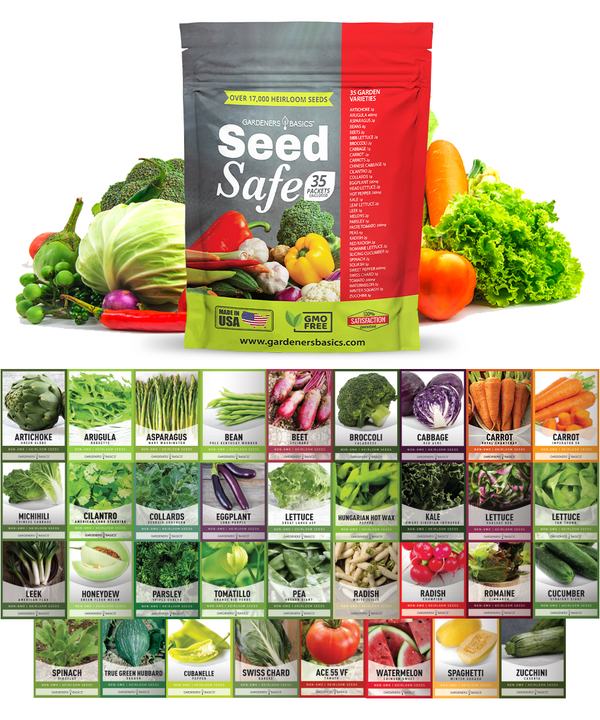
$29.95
$49.95
Seed Safe Survival Seed Kit: The Ultimate Heirloom Collection for Self-Sufficient Gardening Introducing the Seed Safe - 35 Varieties of Heirloom Vegetable, Herb, and Fruit Seeds, the ultimate solution for gardeners who want to secure a bountiful future harvest. This… read more
 Frequently Asked Questions - What is a Doomsday Seed Vault?
Frequently Asked Questions - What is a Doomsday Seed Vault?
This section will address some common questions related to doomsday seed vaults and their importance.
Q1: What is the primary purpose of a doomsday seed vault?
A1: The primary purpose of a doomsday seed vault is to preserve the genetic diversity of food crops and other plant species. By safeguarding seeds from around the world, seed vaults help ensure the continued availability of a diverse range of plants for human consumption and agricultural use, promoting global food security and resilience.
Q2: How does the Svalbard Global Seed Vault protect seeds from disasters?
A2: The Svalbard Global Seed Vault, located on the remote Svalbard archipelago in the Arctic Circle, is built deep within a mountainside. Its construction and location protect the seeds from natural disasters, extreme weather, and political conflicts. The permafrost's natural cooling capabilities also help maintain a consistent temperature for long-term seed storage.
Q3: How can I ensure the seeds in my doomsday seed vault remain viable?
A3: To maintain seed viability, follow these guidelines:
- Store seeds in airtight containers, such as "black boxes," to protect them from moisture, pests, and temperature fluctuations.
- Label each container with the seed type, variety, and storage date for easy reference.
- Store seeds in a consistently excellent and dry location, such as a basement or insulated storage room.
- Regularly replace seeds from your vault with fresh seeds to maintain their viability over time.
Q4: What types of seeds should I include in my doomsday seed vault?
A4: When selecting seeds for your personal doomsday seed vault, focus on food crops that are:
- Easy to grow
- Nutritious
- Adaptable to your local climate
- Genetically diverse
Consider including heirloom seed varieties and locally adapted plant species to further enhance the genetic diversity in your seed collection.
Q5: How can I collaborate with my community to enhance the effectiveness of my personal seed vault?
A5: Collaborating with neighbors and community members can help increase the overall genetic diversity within your community, making it more resilient in emergencies. You can:
- Organize seed swaps to exchange seeds and knowledge about local plant varieties.
- Establish a community seed library to promote sharing seeds and related resources.
- Collaborate with local schools, community gardens, or gardening clubs to create educational programs about seed preservation and local agriculture.
By working together, communities can strengthen their collective preparedness and contribute to global efforts to protect our planet's agricultural heritage.



